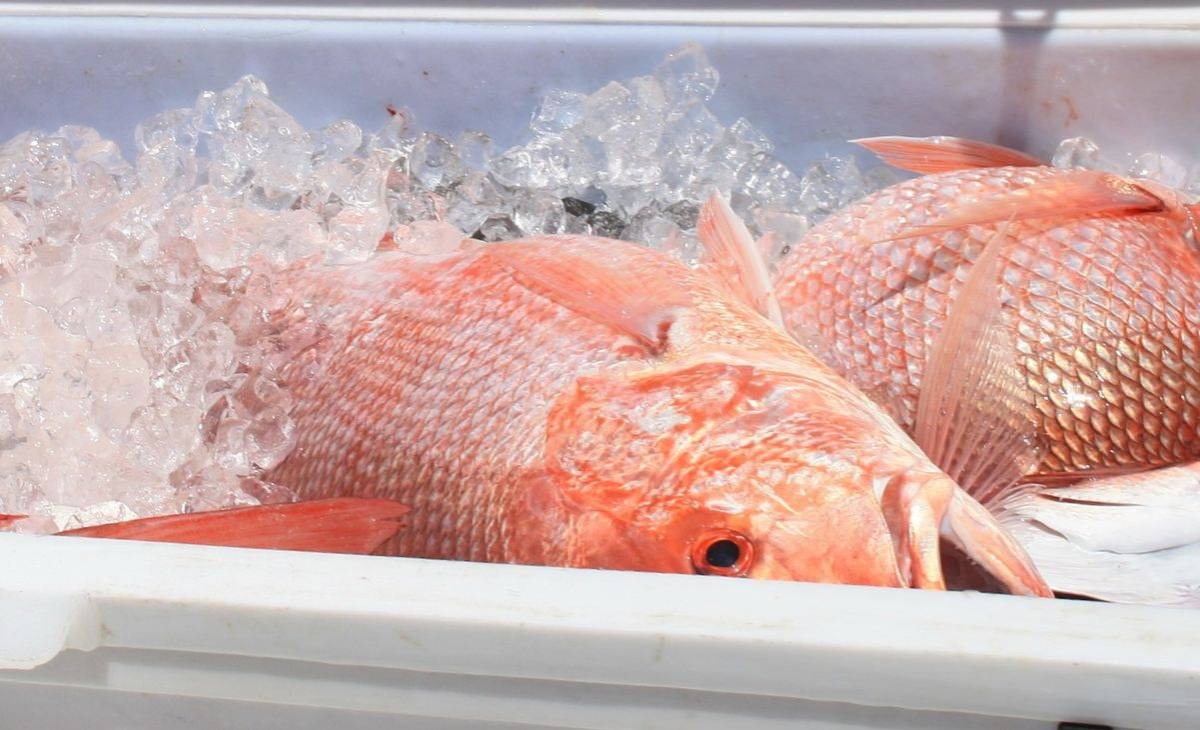Recent discovery sheds light on source of Ciguatera poisoning toxin
A multinational collaborative effort led by the National Research Council of Canada (NRC), with partners from the United States and Norway, has made a pioneering breakthrough in understanding ciguatera poisoning.
Ciguatera poisoning is a foodborne illness caused by consuming certain species of fish, like red snapper, that have ingested ciguatoxin-producing algae. Ciguatoxin is a potent marine toxin responsible for the poisoning, which impacts around 500 000 individuals worldwide each year. The toxin has historically posed risks in regions including the Caribbean Sea, Indian Ocean, and Pacific Ocean. However, due to climate change, its threat has extended to waters such as those surrounding the Canary Islands, the eastern Mediterranean Sea, and the western Gulf of Mexico.
Although the Pacific algal source of ciguatoxin was already identified, the source of ciguatoxin in Caribbean waters -despite more than three decades of research- remained uncharted until now. The NRC researchers, in collaboration with the University of South Alabama, the University of Texas at Austin, the University of the US Virgin Islands, and the Norwegian Veterinary Institute, undertook a comprehensive investigation to solve this mystery.
The research initiative, which began in 2018 under the NRC’s Biotoxin Metrology group, involved extensive collection and cultivation of algae samples from Caribbean coral reefs. US scientists conducted toxicity screenings on these cultures. Once toxic strains were identified, NRC researchers employed high-resolution mass spectrometry and innovative chemistry techniques to decode the toxin’s chemical composition. This meticulous process led to the discovery of the elusive algal ciguatoxin. Subsequently, Norwegian experts confirmed the transformation of the algal toxin into the fish-borne toxin through enzyme incubation experiments.
Pearse McCarron, the leader of the NRC’s Biotoxin Metrology Group, highlighted the implications of this discovery, "The findings will make it possible to develop methods and standards to help food safety laboratories monitor and manage ciguatera. This will go a long way toward dealing with the problem and, hopefully, preventing illness in humans."
The identification of the algal source of ciguatoxin in the Caribbean is a significant achievement that promises enhanced food safety practices and a better understanding of the toxin’s distribution in the marine food web. It also marks a major leap in the ongoing battle against foodborne illnesses, particularly those that are seafood-related.
The NRC plans to continue its collaborative efforts to develop cutting-edge metrological tools for managing ciguatoxin-related challenges. Alongside this, the team will work with partners to create certified reference materials which will serve as vital tools for global research and testing laboratories aiming to measure and understand the presence and impact of ciguatoxin.
Source:





















